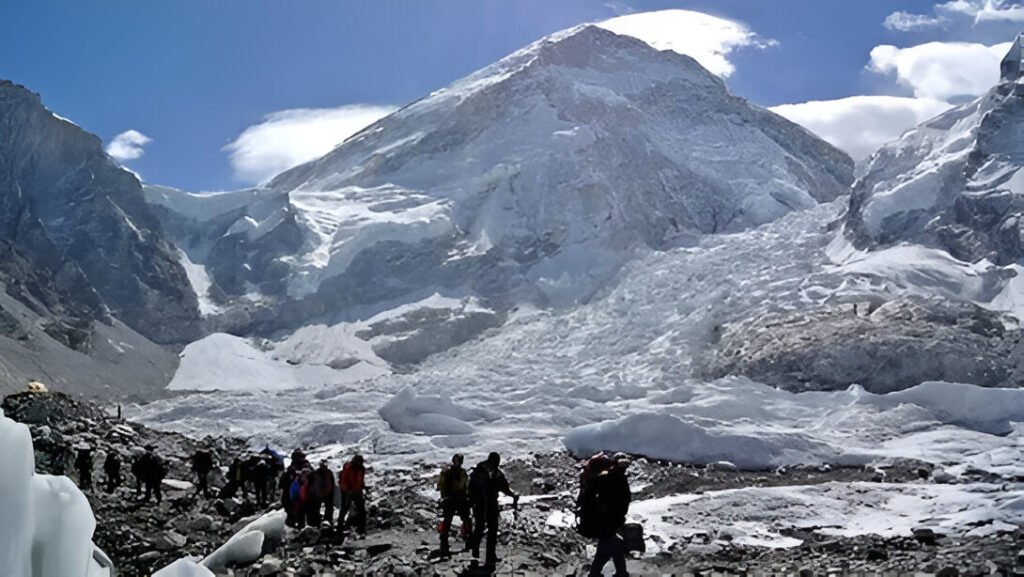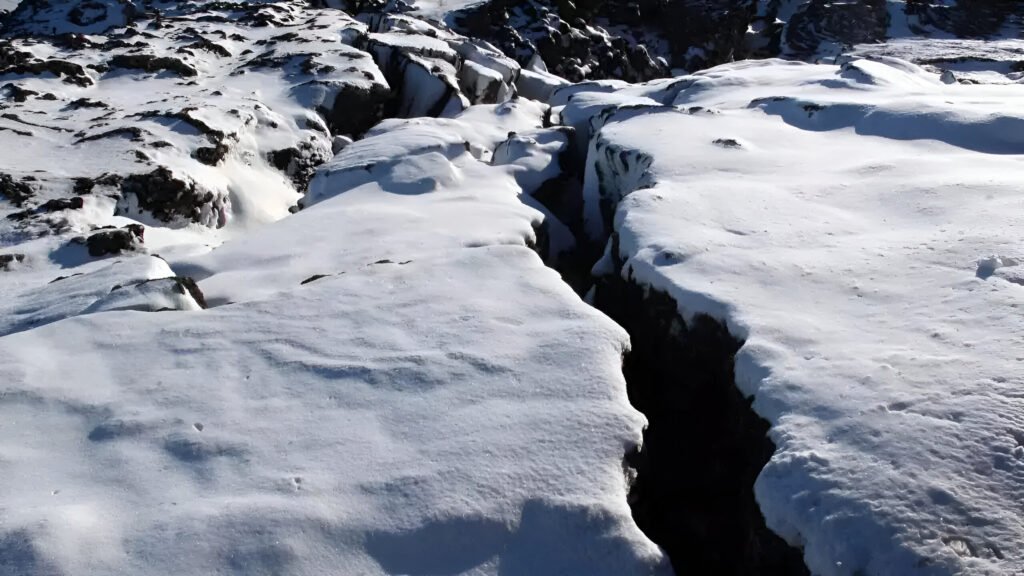
The great Himalayas have long fascinated us. Their towering height, ancient secrets, and seismic energy are captivating. But a new study finds something even more dramatic beneath their surface. We learn that the Indian tectonic plate is not only thrusting beneath the Tibetan Plateau as we had thought. It is actually rupturing and splitting deep beneath the ground, and this discovery could revolutionize how we know everything from the creation of mountains to earthquake hazards throughout South Asia.
A Plate Under Pressure, Literally
For years, scientists believed the Indian Plate was gradually sliding beneath the Tibetan crust in a process called underplating. Another theory suggested it was subducting deeper into the Earth’s mantle, much like oceanic plates do. Both ideas painted a somewhat stable picture where tectonic plates slowly shifted and mountains gradually rose.
However, a groundbreaking geological investigation is now challenging that belief.
Recent 3D seismic imaging, led by Lin Liu and his team at China’s Ocean University, paints a far more chaotic scene. Rather than moving in one smooth motion, the Indian Plate is actually ripping into two layers about 100 kilometers beneath Tibet’s surface. The upper crust continues its northward push, but the denser lower part of the plate is breaking off and sinking into the mantle. This occurs when the plate peels away from one of the surrounding plates, a process called delamination that is both rare and spectacular.
East and West: A Tale of Two Behaviors
Most interesting is the variation in this plate’s behavior on either side of the 90°E longitude line.
In the western region, the plate remains mostly intact as it slides beneath Tibet. It extends around 100 kilometers beyond the Yarlung-Zangbo suture, a major geological fault zone that marks the boundary between the Indian and Eurasian plates.
In the eastern region, however, the situation is very different. Here, the plate appears to be breaking apart. The crust separates from the mantle beneath it, and a hot, soft layer of rock from deep within the Earth, known as the asthenosphere, forces its way between the two. This process forms a wedge-like structure and suggests a much more violent tectonic interaction than scientists had previously assumed.

Clues From Deep Below and Right at the Surface
Liu’s team collected data from 94 seismic stations spread across Tibet. They studied different types of seismic waves, such as S-waves and P-waves, to create a detailed 3D model of the subsurface structure. What they found was a mix of intact and fractured rock, clear signs of immense geological stress.
Interestingly, these underground patterns are supported by surface-level clues. Cracks in the earth, unusual earthquake activity, and even the chemical composition of spring water all point to massive changes happening beneath the region.
For instance, researchers discovered elevated levels of helium-3, a gas that originates from deep inside the Earth, in spring water samples from the area. This unusual gas is a strong indicator of mantle activity reaching the crust, which could only happen if the plate is actually tearing apart.
Why This Discovery Matters
This discovery goes beyond academic interest. It could significantly improve our understanding of earthquake activity and help scientists better predict seismic events in South Asia.
By having a more accurate 3D model of how tectonic plates behave beneath the Himalayas, researchers can develop better risk assessments and forecasting tools. In a region that has experienced devastating earthquakes in the past, this information is critically important for public safety.
Rethinking the Himalayas
What is happening beneath the Himalayas is not a peaceful and steady continental collision. Instead, it is a dramatic and active geological transformation. Rocks are being torn apart, layers are changing places, and the whole region is experiencing a slow-motion tumult.
This research transforms our perspective of the movement of the Earth. The Earth below us is not static or plain. It is dynamic and complex, constantly reconfiguring the world in which we reside.









